Filter pitchers have been an affordable option for filtering bad tap water since 1970. Still, the internet is the internet. So, despite an impeccable safety record, leave it to someone to claim that filter pitchers aren’t safe.
But we’re here to tell you they are if you follow a few simple rules. In fact, if you’re drinking water is contaminated, they could be lifesavers.
Key Takeaways:
- Yes, water filter pitchers are safe to use.
- People may be concerned about the safety of plastic components in the pitcher or whether they are made with BPA-free materials.
- In general, most reputable brands use BPA-free plastics and other non-toxic materials for their water filter pitchers.
- It’s always a safe bet to choose an NSF-certified filter pitcher as it adheres to standard safety guidelines.
- Additionally, regular cleaning and maintenance of the pitcher are necessary for maximum safety.
- This includes replacing filters regularly and washing the pitcher with warm, soapy water occasionally
How Do Water Filter Pitchers Work?
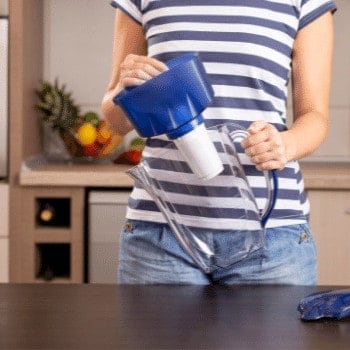
Filter pitchers are four-piece portable filtration systems consisting of a carafe, filter cartridge, water reservoir and cap.
The filter nests in the water reservoir which sits atop the carafe. Pour in tap water and it flows through the filter and into the carafe below.
Refill it as necessary until the filter is spent — then replace the cartridge and begin again for a steady supply of chilled, filtered water. The pitcher is reusable indefinitely.
Read more about how filter pitchers work.
How Safe Are Water Filter Pitchers?
Water filter pitchers are perfectly safe when used as directed. So, what’s the fuss about? There are three common concerns related to filter pitchers:
Plastics
Plastics may contain BPA (Bisphenol A), an industrial chemical with known health effects from endocrine disruption to cancer.
In response to consumer demand, the best water filter brands have removed BPA from their products. Some, however, chose to replace it with similar bisphenol compounds, like BPS, that have not been widely tested. It’s a sneaky trick, but consumers are catching on.
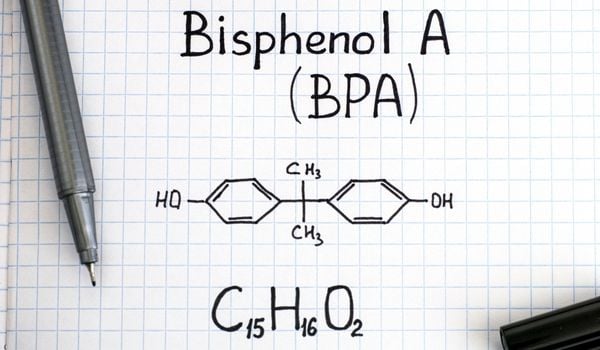
How risky is BPA? It depends on who you ask. In general, the harmful chemicals in plastic are stable until they’re heated. Recent studies by the University of California, however, suggest that some leaching occurs at any temperature — even in the refrigerator.
But the good news is — most water filter pitchers are made of durable Tritan plastic that’s free of all bisphenol compounds. It has no estrogenic or androgenic activity, so it doesn’t contribute to hormone issues.
Are plastics completely safe? As long as any compound remains untested, we don’t know. But risk is a matter of perspective.
If your water is contaminated, the plastic bottles water is bottled in are more likely to contain unwanted chemicals than a filter pitcher. And because water rarely sits in a pitcher for long, leaching is unlikely to occur.
Of the many choices for improving your drinking water quality, filter pitchers are among the safest and most cost-effective.
Mold
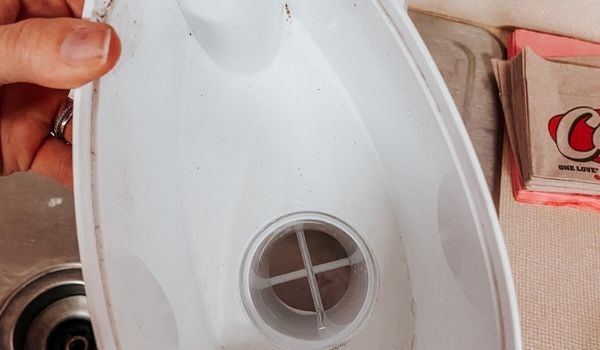
Mold in water filter pitchers is rare, but it happens. How? Mold is airborne. Spores are in everything we eat and drink, and they multiply under the right conditions. Like any food or beverage, tap water should remain refrigerated. After two hours on a warm counter, the quality starts to deteriorate.
Sanitation is also essential. Just follow the manufacturer’s cleaning instructions. Most water filter pitchers are dishwasher safe.
Limited Contaminant Reduction
Filter pitchers were once just carbon filters. Comparable to refrigerator filters, they were designed to reduce chlorine and fine sediment. But the technology has come a long way. The latest models with advanced carbon media are as effective as undersink and whole-house filtration systems.
Brita filters, for example, contain a blend of activated carbon and ion exchange resin for more effective contaminant reduction. The Clearly Filtered water pitcher removes more than 350 drinking water contaminants. And the Zerowater filter pitcher has a five-stage filtration system that rivals reverse osmosis filters, removing most contaminants as well as thousand-dollar systems.
But as a consumer, it’s up to you to know what you’re buying. Disgruntled customers are usually those who didn’t do their homework. It’s not fair to expect premium performance from a garden-variety filter, so buy carefully.
What Contaminants Do Water Filter Pitchers Remove?
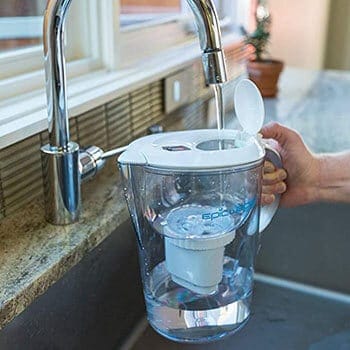
Water filter pitchers can eliminate a broad range of tap water contaminants. Which they remove and at what level depends on the type and quality of the filter media.
Aesthetic Contaminants
Aesthetic contaminants are substances affecting the look, taste and smell of water, like dirt, rust, silt, chlorine and sulfur. Most aren’t harmful, but they’re unpleasant enough to pad your bottled water bill.
The carbon in most water filter pitchers is excellent for removing the chlorine and fine sediment that produce cloudiness and odors. But lesser filters will struggle with hydrogen sulfide. If your water has a rotten egg smell, look for models like the Brita filter with ion exchange technology.
Chloramines
Only enhanced carbon removes chloramines, a group of secondary disinfectants used in some city water sources. You’ll find it in the Clearly Filtered water pitcher.
Heavy Metals
Carbon has a large surface area that attracts some contaminants better than others. Heavy metals, like lead and arsenic, are toss-ups.
The average carbon filter removes some lead, but not as much as it should. A dangerous neurotoxin, no amount is safe. The Brita Longlast filter, the Clearly Filtered water pitcher, and the Zerowater filter are all certified to remove at least 99 percent of lead. Only Clearly Filtered and Zerowater reduce arsenic.
Fluoride
Fluoride is a stubborn contaminant. Added to city water to prevent tooth decay, new research suggests the risks may outweigh the benefits.
The Brita filter does not reduce fluoride. The Zerowater and the Clearly Filtered water pitchers are among a handful of models that do.
Volatile Organic Compounds
All carbon filters remove VOCs. But the list is long, and some models are more effective than others. The higher the carbon quality, the better.
Radiological Contaminants
Few filters remove radiological contaminants. The Seychelle Radiological water pitcher is currently the only model that removes alpha radium 226, cesium 137 & 134, uranium and radon with an advanced blend of ion exchange and carbon media.
Emerging Contaminants
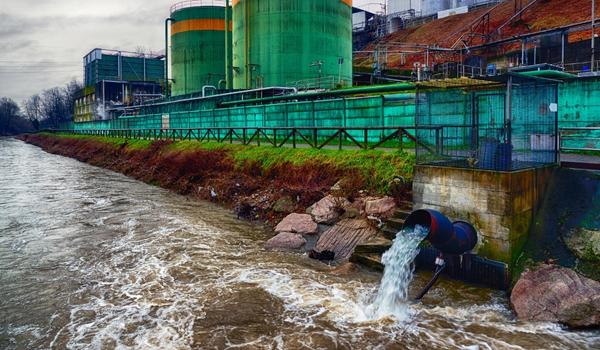
Emerging contaminants are substances the Environmental Protection Agency is still studying but suspects could be harmful. Examples include trace pharmaceuticals and a range of industrial chemicals.
A problem nationwide, many filter pitchers claim to remove these contaminants. But they only need to remove one of many to be certified. We recommend evaluating claims carefully — if a specific contaminant is a problem in your area, ask to see the test results.
PFOS/PFOA
PFOS/PFOA is a group of so-called forever chemicals once used in consumer products like non-stick frying pans. New standards for PFOS/PFA have just emerged, so more water filters are being certified to remove them. Look for models made with catalytic carbon, like the Epic Nano Water Filter Pitcher.
Total Dissolved Solids
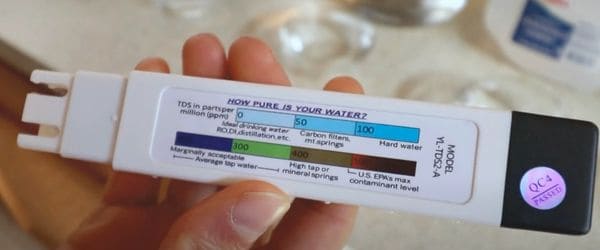
TDS (Total dissolved solids) is the sum of all undissolved particles in water. Most of it consists of calcium, magnesium, iron and other healthy minerals that give water its refreshing qualities.
But some minerals can negatively affect how water tastes, so some people prefer to remove them. The Zerowater filter pitcher will do the trick.
Biological Contaminants
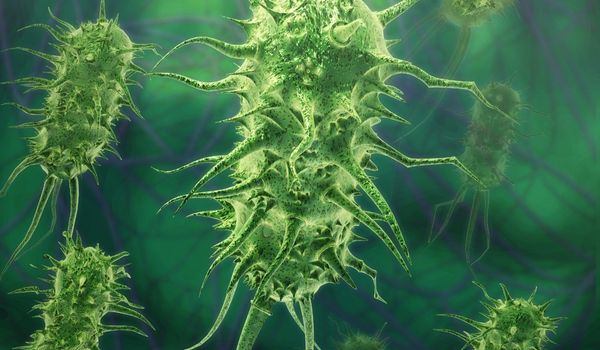
The best water filter pitchers reduce parasitic cysts and large bacteria, but they don’t remove the tiny bacteria that can make you sick. The exceptions are models like the Epic Nano Water Filter Pitcher. You can purchase an optional replacement filter with a unique nanofiltration membrane that removes 99.99% of contaminants, including bacteria.
But since city water is already treated for microbes with chlorine, it’s safe to filter it with an ordinary filter pitcher. If you drink well water, or your city water isn’t safe for some reason, you need a backup filtration method. Boil it first to kill bacteria or use a UV light filter.
After reading this list, you may be wondering why one carbon filter removes certain contaminants while others don’t. The answer is two-fold.
We’ve covered the first — quality. Higher-quality carbon has a larger surface area that can hold more contaminants while enhanced carbon is treated to target a wider range of substances.
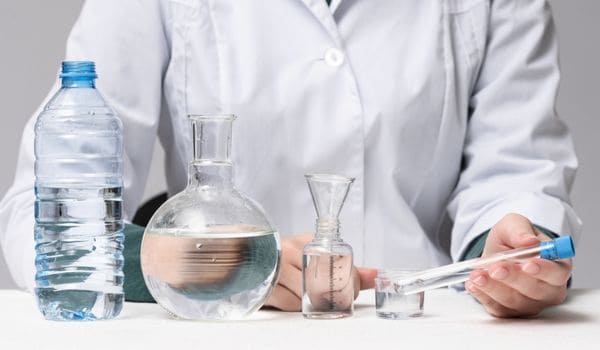
The second is testing. Carbon inherently removes the same contaminants regardless of the filter it’s in. But the manufacturers of lower-quality filters may opt not to pursue testing or certification if they think their filter won’t be competitive.
Independent testing and certification are costly. So, if filters aren’t top performers, companies may choose to market them as chlorine filters. It doesn’t mean they can’t remove lead. It only means they probably don’t remove high enough concentrations to treat lead-contaminated water.
These variations make selecting a filter more challenging, but it’s good for consumers to have choices. If all you want is a pitcher filter to remove chlorine, why pay for bells and whistles?
How Important is NSF/ANSI Certification?
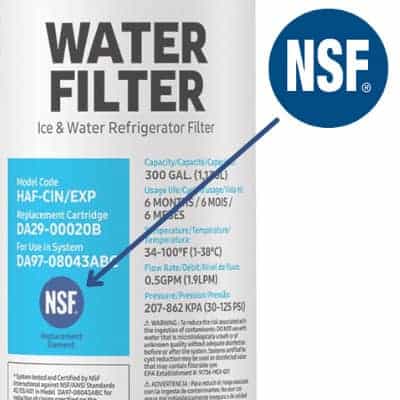
The National Sanitation Foundation, or NSF, tests water filters for quality, safety and performance. It’s the best assurance consumers have that pitcher filters live up to their claims.
Certifications to look for include:
- NSF 42 — for the reduction of taste and odor impurities
- NSF 53 — for the reduction of contaminants with adverse health effects, like lead
- NSF 401 — for the reduction of emerging contaminants, such as certain pharmaceuticals
- NSF P473 — a new standard for the reduction of PFOA and PFOS
Certifications from the Water Quality Association are also meaningful. Their Gold Seal standards are similar to the NSF’s. The Sustainability Certificate means water filters are environmentally friendly in all phases from production to disposal.
Learn more about NSF certification.
How To Maintain a Water Filter Pitcher — Step-by-Step

Water filter pitchers are a breeze to maintain — all you have to do is keep them clean and replace filters as directed. Let’s review both.
Cleaning
If you’re lucky, your filter pitcher is dishwasher-safe. If you’re not, you’ll have to roll up your sleeves every week or two, disassemble it and give it a gentle scrub with soap and water.
If you have hard water, adding white vinegar to the solution will remove white mineral residue. Use a soft toothbrush if necessary to get into cracks and crevices where debris can hide.
Unless it’s time to change the cartridge, you can reuse the same filter. We recommend sealing it in a plastic bag while the pitcher is being washed so that it doesn’t dry out.
Replacing Filters
Filter cartridges are rated by capacity — the maximum number of gallons they filter. Manufacturers test water filter pitchers under average conditions, so results will vary. How long a filter lasts has a lot to do with your water quality and usage.
A good rule is to replace the filter when it’s reached its capacity or when the water quality deteriorates. The harder a filter has to work, the shorter its lifespan. Filter life averages 1-6 months.
Replacing filters is a snap following these steps:
- Empty the pitcher.
- Remove the cap.
- Unscrew or pull out the old filter.
- Insert the new filter.
- Fill the reservoir. As tap water passes through it, you may see bits of black debris. Called carbon dust or carbon fines, it’s harmless.
- Discard the water and repeat this process as directed in your owner’s manual.
- When the water runs clear, refrigerate it to chill and enjoy.
If your pitcher doesn’t have a filter change reminder system, mark the date on your calendar, so you’ll remember when to change it next.
A few companies offer recycling programs for used cartridges. The rest are discarded in the regular trash.
Are Filter Pitchers Safe? — FAQs

Basic pitchers start at $25. High-end or specialty pitchers, like the Seychelle Radiological Water Filter Pitcher, will set you back $80 or more. But you can buy a well-appointed model for $40-$60.
The annual price of replacement filters varies based on quality, capacity and water use. Basic carbon filters are less than $10/each in a multipack. Specialty filters can cost as much as some pitchers.
If your water quality is average, filters should last as long as advertised. But if you refill the pitcher three times a day for a big family, you’ll have to change them more often. Plan to spend $40-$100 on yearly maintenance.
A single pitcher cartridge can replace up to 1000 single-serve plastic water bottles. You’ll save a small fortune by filling a reusable water bottle for travel, and you’ll be doing your part to keep plastic waste out of the environment. Water filter pitchers are a bargain!
You can, but if it’s sediment-heavy, it could clog the filter prematurely. We only suggest filtering well water if it’s prefiltered for sediment first.
City water users can refer to their annual consumer confidence report for a list of problem contaminants in their water supply. If you have a well, it helps to test your water to identify which contaminants are contributing to poor water quality.
Doing a test will help you choose the right filter. If you don’t have a lab nearby, we recommend the Tap Score Essential Well Water Test Kit.
An alkaline water filter pitcher adds trace minerals to water to increase the pH. Fans say it helps with heartburn and weight loss.
Sticking to the best water filter brands is always a sound strategy. We like to see a proven track record. Top-selling brands like Brita, Clearly Filtered, Zerowater, Waterdrop and Epic Pure are a good place to start.
 85 people found this helpful. Was this guide helpful to you?
85 people found this helpful. Was this guide helpful to you? 

